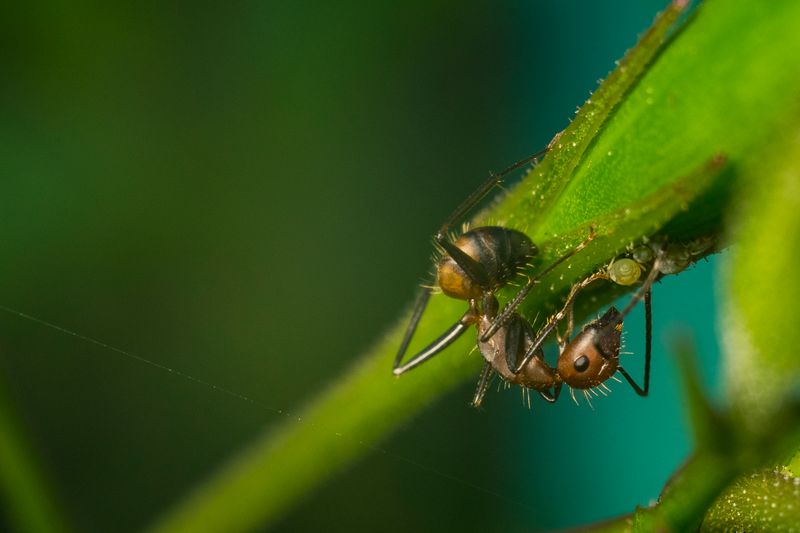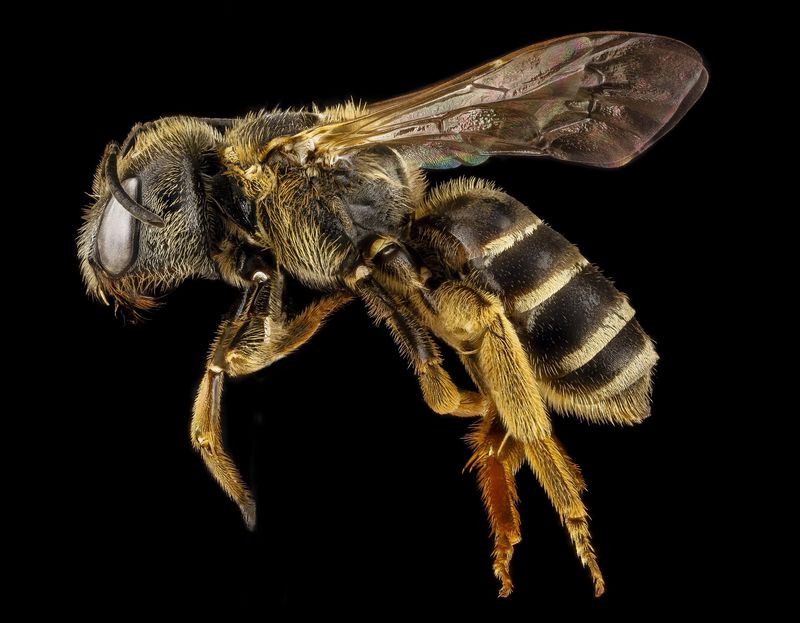Swarms of flying ants descend on Teesside – what you need to know about the pesky bugs
The Annual Phenomenon
Flying ants have made their annual return to Teesside, causing chaos for residents. While the ants we typically see on a day-to-day basis don’t have wings, flying ants do occur in the queens and males of the species. These flying ants make their presence known during the annual “Flying Ant Day”, which typically takes place in July and lasts for a few weeks.
During this swarming event, thousands of flying ants take to the air across the country. The young queens fly away in order to meet mates and establish new colonies. While there isn’t a fixed date for Flying Ant Day, this year, they were spotted in large numbers across Teesside on July 27.
The Swarm Takes Over
Middlesbrough residents have taken to social media to share their experiences of the swarms. One resident posted on Facebook, “Anybody else experiencing ants & flying ants – they [are] covering my whole road!! Is this because of the weather changing?” Another resident mentioned encountering the flying ants while walking to the shops in Normanby, stating, “Everywhere you look you can see them flying about. And they don’t mind landing on you either.”
The increase in the number of flying ants in the region indicates the build-up to Flying Ant Day, where all the ants emerge simultaneously across the country. Twitter users have even declared July 27 as Flying Ant Day, reinforcing the widespread nature of this phenomenon.
The Nuptial Flight
So, what exactly is Flying Ant Day? It is the time when male and female ants sprout wings to venture out of their nests in search of mates from other colonies. This is essentially a big ant party, and millions of ants take part in their “nuptial flight”. During this flight, virgin queens mate with males and then land to start new colonies. The large numbers of flying ants appearing at the same time increase the chance of reproduction.
Once the males and immature queens have mated, the queens attempt to start a new nest. They lose their wings, and after Flying Ant Day, you may see large ants walking around on their own. These are new queens in search of suitable locations to establish their nests.
The Timing and Weather
While Flying Ant Day is not an exact science, it usually occurs in July. It is believed to happen when a period of wet weather is followed closely by hot and humid weather. The combination of these conditions triggers the swarm of flying ants.
Dealing with the Invasion
When it comes to dealing with flying ants, there are several methods you can try. You can spray them with effective agents, use sticky tape or tin cans to catch them, or even consult professional pest control services.
However, it’s important to consider whether getting rid of them is necessary. Flying ants actually have numerous benefits. They help aerate the soil, cycle nutrients, improve garden fertility, and control pests. Additionally, flying ants serve as a vital food resource for many bird species, particularly swifts and gulls. So, while they may be annoying, they contribute significantly to the ecosystem.
Final Thoughts
The annual invasion of flying ants is a fascinating phenomenon, demonstrating the complex and interconnected nature of the natural world. It serves as a reminder of the diversity of life and the important role that even the smallest creatures play in maintaining the balance of ecosystems.
Instead of viewing these flying ants as pests, perhaps we should appreciate the ecological services they provide and marvel at the wonders of the natural world. After all, it won’t be long before they disappear and we go back to our ant-free days.

<< photo by Jimmy Chan >>
The image is for illustrative purposes only and does not depict the actual situation.
You might want to read !
- “Australia Shines: Thrilling Victory Against Nigeria in Live Women’s World Cup Match”
- The Clash of Clubs: A Preview of Inter Club d’Escaldes vs Hibs
- Arsenal’s Thrilling Victory Over Barcelona: A Historic 5-3 Triumph | Match Highlights & Analysis
- Flying High: Rolls-Royce Shares Soar as Travel and Defence Demand Surges
- The Great Cubes: Unraveling the Top 40 Futurama Episodes
- “Escape to Adventure: Sir Michael Caine Shines as Veteran Joins Daring Mission”
- Unveiling the Enigmatic Father: Emmerdale Sheds Light on Jai’s Biological Dad
- “Unveiling the Dark Side: Emmerdale’s Shocking Drug Twist Amidst Rishi’s Tragic Demise”
- The Stars Align: Exploring the Cast of “Dial M for Middlesbrough”
- 5 Effective Ways to Eliminate Thunder Bugs Before Storm Warnings




